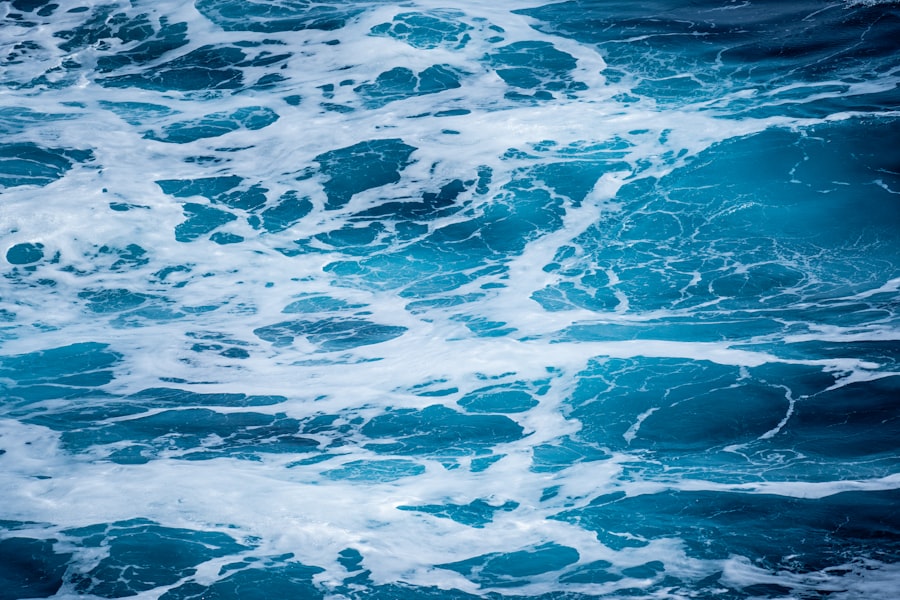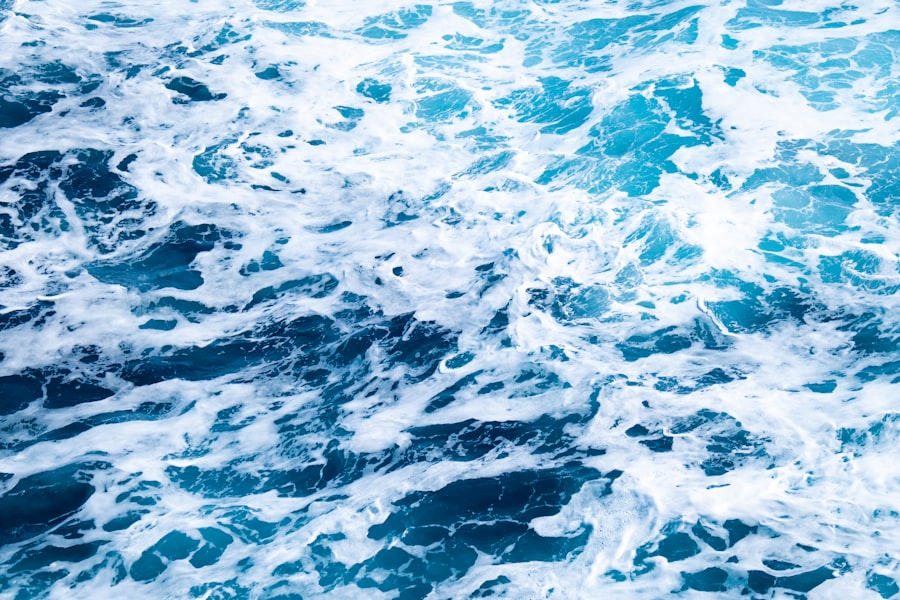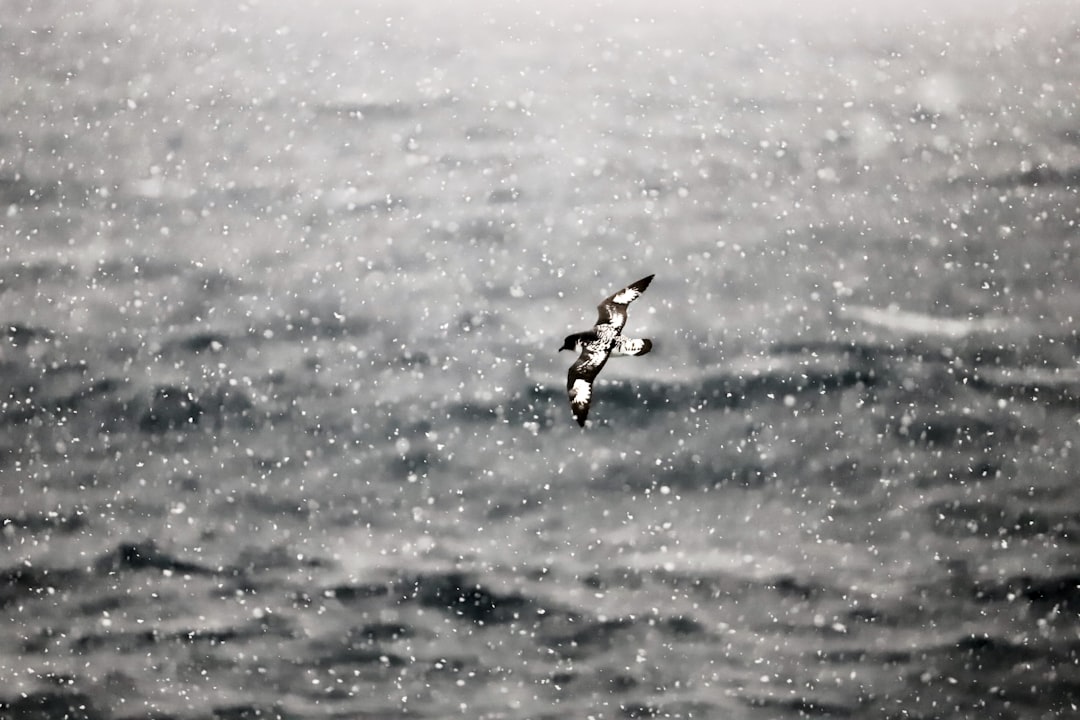The Drake Passage, a body of water that separates South America from Antarctica, is renowned for its tumultuous seas and significant role in global oceanic systems. Named after the English explorer Sir Francis Drake, who navigated these waters in the late 16th century, the passage has become a focal point for maritime navigation, scientific research, and ecological studies. Its unique geographical and climatic conditions make it a subject of fascination for explorers, scientists, and environmentalists alike.
The Drake Passage serves not only as a critical route for vessels traveling between the Atlantic and Pacific Oceans but also as a vital area for understanding the complexities of marine ecosystems and climate change. The passage is often characterized by its unpredictable weather patterns and rough seas, which can pose significant challenges to navigation. Despite these hazards, the Drake Passage remains an essential corridor for shipping and research expeditions, particularly those aimed at studying the Antarctic region.
As global interest in climate change and marine conservation grows, the significance of the Drake Passage continues to evolve, making it a key area for future exploration and environmental stewardship.
Key Takeaways
- The Drake Passage is a narrow body of water between South America’s Cape Horn and the South Shetland Islands of Antarctica, known for its turbulent seas and challenging navigation.
- The passage is a crucial link between the Atlantic and Pacific Oceans, serving as a major gateway for global ocean circulation and marine life migration.
- Historically, the Drake Passage has been a significant route for exploration and scientific research, with expeditions by famous explorers such as Sir Francis Drake and Charles Darwin.
- The region experiences extreme weather conditions, including strong winds, high waves, and rapidly changing temperatures, making it one of the most challenging maritime environments in the world.
- Conservation efforts in the Drake Passage are focused on protecting the delicate marine ecosystems and wildlife, as well as minimizing the impact of human activities on the environment.
Geographic Location and Features of the Drake Passage
Geographically, the Drake Passage lies between Cape Horn at the southern tip of South America and the Antarctic Peninsula. It spans approximately 800 kilometers (500 miles) in width and connects the Atlantic Ocean to the Southern Ocean. The passage is notable for its deep waters, with depths reaching over 5,000 meters (16,404 feet) in some areas.
This depth contributes to the unique oceanographic conditions that characterize the region, including strong currents and varying temperatures. The topography of the Drake Passage is marked by underwater features such as ridges and valleys that influence ocean currents and marine life. The convergence of cold Antarctic waters with warmer waters from the north creates a dynamic environment that supports diverse ecosystems.
The passage is also home to several islands, including the uninhabited South Shetland Islands, which serve as important breeding grounds for various seabird species. The geographic features of the Drake Passage not only shape its physical characteristics but also play a crucial role in its ecological significance.
Historical Significance of the Drake Passage

Historically, the Drake Passage has been a critical route for explorers and navigators since the Age of Exploration. Sir Francis Drake’s circumnavigation of the globe in the late 1500s brought international attention to this treacherous waterway. His journey through the passage marked one of the first recorded instances of European exploration in these remote regions, paving the way for future expeditions to Antarctica and beyond.
The passage became a vital link for whalers, sealers, and later scientific expeditions seeking to understand the southernmost reaches of the Earth. In addition to its role in exploration, the Drake Passage has also been significant in maritime history due to its challenging navigation conditions. The unpredictable weather patterns and strong currents have led to numerous shipwrecks and maritime disasters over the centuries.
These historical events have contributed to a growing body of knowledge regarding safe navigation practices in these waters. As a result, the Drake Passage has become a symbol of both adventure and peril, representing humanity’s enduring quest to explore and understand the natural world.
Climate and Weather Conditions in the Drake Passage
| Month | Average Temperature (°C) | Wind Speed (km/h) | Precipitation (mm) |
|---|---|---|---|
| January | 5 | 35 | 80 |
| February | 4 | 40 | 90 |
| March | 3 | 45 | 100 |
| April | 2 | 50 | 110 |
| May | 1 | 55 | 120 |
| June | 0 | 60 | 130 |
| July | -1 | 65 | 140 |
| August | -2 | 70 | 150 |
| September | -3 | 75 | 160 |
| October | -4 | 80 | 170 |
| November | -5 | 85 | 180 |
| December | -6 | 90 | 190 |
The climate of the Drake Passage is characterized by its extreme variability, influenced by its geographical location and proximity to Antarctica. The region experiences strong winds, frequent storms, and rapidly changing weather conditions that can shift from calm to turbulent within minutes. The prevailing westerly winds, known as the Roaring Forties, contribute to the rough seas that are often associated with this passage.
These winds can create formidable waves that pose significant challenges for vessels attempting to navigate through. Temperature variations are also notable in the Drake Passage, with cold Antarctic waters colliding with warmer currents from the north. This interaction creates a unique microclimate that supports diverse marine life while also contributing to unpredictable weather patterns.
The passage is often shrouded in fog, further complicating navigation efforts. Understanding these climatic conditions is essential for researchers and mariners alike, as they play a crucial role in determining safe passage through this challenging waterway.
Marine Life and Ecosystems in the Drake Passage
The Drake Passage is home to a rich diversity of marine life, making it an ecologically significant area within the Southern Ocean. The nutrient-rich waters support various species of fish, krill, and plankton, which form the foundation of the marine food web. Krill, in particular, is a keystone species in this ecosystem, serving as a primary food source for larger animals such as seals, penguins, and whales.
The abundance of marine life in the Drake Passage attracts researchers interested in studying these complex ecosystems and their responses to environmental changes. In addition to its diverse fish populations, the passage is also known for its impressive array of seabirds. Species such as albatrosses, petrels, and skuas can be observed soaring above the waves or nesting on nearby islands.
These birds play an essential role in maintaining ecological balance within the region. The unique combination of marine life and seabird populations makes the Drake Passage a vital area for conservation efforts aimed at protecting these fragile ecosystems from human impact and climate change.
Importance of the Drake Passage for Global Ocean Circulation

The Drake Passage plays a crucial role in global ocean circulation patterns, particularly through its influence on thermohaline circulation—the process by which ocean water moves due to differences in temperature and salinity. The passage acts as a conduit for deep ocean currents that circulate around the globe, connecting the Atlantic and Pacific Oceans while facilitating heat exchange between different regions. This circulation is vital for regulating global climate patterns and maintaining ecological balance across marine environments.
The Antarctic Circumpolar Current (ACC), which flows through the Drake Passage, is one of the most powerful ocean currents on Earth. It transports vast amounts of water around Antarctica and influences weather patterns far beyond its immediate vicinity. The ACC plays a significant role in distributing heat across oceans and impacts climate systems worldwide.
Understanding the dynamics of this current is essential for scientists studying climate change and its effects on global weather patterns.
Exploration and Scientific Research in the Drake Passage
The Drake Passage has long been a site of exploration and scientific research due to its unique geographical features and ecological significance. Numerous research expeditions have been conducted in these waters to study marine life, oceanography, and climate change impacts. Scientists utilize advanced technologies such as remote sensing, underwater drones, and research vessels equipped with sophisticated instruments to gather data on various aspects of this dynamic environment.
Research conducted in the Drake Passage has provided valuable insights into oceanic processes and their implications for global climate systems. Studies on krill populations, for example, have revealed how changes in sea temperature affect their distribution and abundance—information critical for understanding broader ecological shifts within marine ecosystems. Additionally, ongoing research efforts aim to monitor environmental changes resulting from climate change, including melting ice sheets and rising sea levels.
The findings from these studies contribute significantly to our understanding of how human activities are impacting this remote region.
Challenges and Hazards of Navigating the Drake Passage
Navigating the Drake Passage presents numerous challenges due to its notorious weather conditions and strong currents. Mariners must contend with rapidly changing weather patterns that can lead to dangerous situations at sea. The combination of high winds, large waves, and fog can create treacherous conditions that require skilled navigation and careful planning.
Many vessels have experienced difficulties while traversing these waters, leading to accidents or even shipwrecks. In addition to weather-related hazards, navigators must also be aware of underwater topography that can pose risks to vessels.
As such, thorough preparation is essential for any expedition attempting to cross the Drake Passage. Mariners often rely on advanced navigational tools and real-time weather data to ensure safe passage through this challenging waterway.
Conservation Efforts and Environmental Protection in the Drake Passage
Given its ecological significance, conservation efforts in the Drake Passage have become increasingly important in recent years. Various organizations and governments are working together to protect marine ecosystems from overfishing, pollution, and climate change impacts. Initiatives aimed at establishing marine protected areas (MPAs) within the passage seek to safeguard critical habitats for marine life while promoting sustainable fishing practices.
International cooperation is essential for effective conservation efforts in this region. Treaties such as the Antarctic Treaty System provide a framework for collaborative management of resources and environmental protection in Antarctica and surrounding waters.
Economic and Commercial Implications of the Drake Passage
The economic implications of the Drake Passage are multifaceted, encompassing shipping routes, fishing industries, and tourism opportunities. As a key maritime corridor connecting major oceans, it facilitates international trade by providing access to remote regions such as Antarctica. Shipping companies often navigate these waters despite their challenges due to their strategic importance for transporting goods between continents.
The fishing industry also relies on the rich marine resources found within the passage. However, sustainable practices are crucial to ensure that fish populations remain healthy while supporting local economies dependent on fishing activities. Additionally, tourism has emerged as an important economic driver in recent years as more travelers seek adventure experiences in this remote region.
Cruise ships offering expeditions through the Drake Passage attract visitors eager to witness its stunning landscapes and unique wildlife.
Future Prospects and Developments in the Drake Passage
Looking ahead, future prospects for the Drake Passage are shaped by ongoing scientific research, environmental challenges, and evolving economic interests. As climate change continues to impact global weather patterns and marine ecosystems, understanding how these changes affect this critical waterway will be paramount for researchers and policymakers alike. Continued investment in scientific exploration will be essential for monitoring environmental shifts while informing conservation strategies aimed at protecting vulnerable species.
Moreover, advancements in technology may enhance navigation safety through improved forecasting models that predict weather conditions more accurately than ever before. As interest grows in sustainable tourism practices within this region, there may be opportunities for developing eco-friendly initiatives that balance economic growth with environmental stewardship. In conclusion, while challenges persist within this dynamic environment—ranging from navigation hazards to ecological threats—the importance of preserving both its natural beauty and ecological integrity remains clear as humanity seeks to navigate an uncertain future shaped by climate change impacts on our planet’s oceans.
The Drake Passage is a significant body of water that serves as a natural connector between the Atlantic and Pacific Oceans. This passage is renowned for its challenging navigation conditions due to strong currents and unpredictable weather, making it a critical route for maritime travel. For more detailed information on the geographical significance and historical context of the Drake Passage, you can explore this related article on MyGeoQuest. This resource provides an in-depth look at the passage’s role in global ocean circulation and its impact on marine biodiversity.
WATCH NOW! Drake Passage: Earth’s Deadliest Waters Revealed
FAQs
What is the Drake Passage?
The Drake Passage is a body of water located between the southern tip of South America (Cape Horn) and the South Shetland Islands of Antarctica. It connects the Atlantic Ocean to the Pacific Ocean.
Why is the Drake Passage significant?
The Drake Passage is significant because it is the narrowest stretch of ocean between Antarctica and any other landmass. It is known for its rough seas and strong winds, making it a challenging and important route for ocean currents and marine life.
How does the Drake Passage connect the oceans?
The Drake Passage serves as a crucial link between the Atlantic and Pacific Oceans. It allows for the exchange of water, nutrients, and marine life between the two oceans, playing a key role in global ocean circulation.
What impact does the Drake Passage have on climate and weather patterns?
The Drake Passage influences climate and weather patterns by facilitating the movement of cold Antarctic waters northward and warm subtropical waters southward. This exchange of water helps regulate global climate and oceanic conditions.
Are there any environmental concerns related to the Drake Passage?
The Drake Passage is a remote and pristine marine environment, but it is not immune to human impacts. There are concerns about potential pollution, overfishing, and the effects of climate change on the delicate ecosystem of the passage and surrounding areas.
